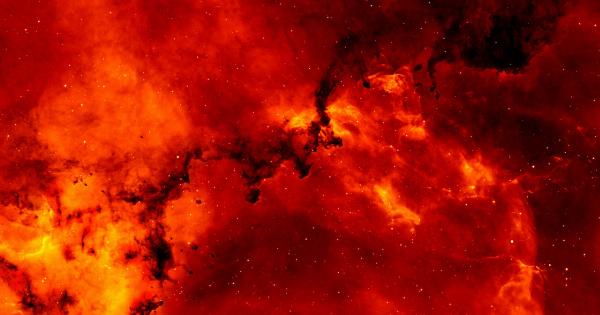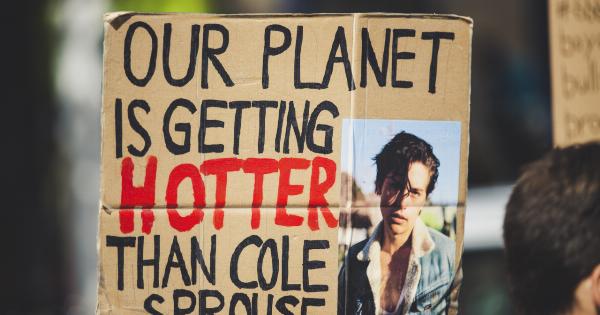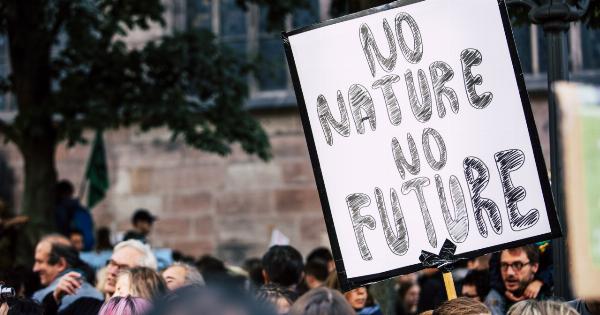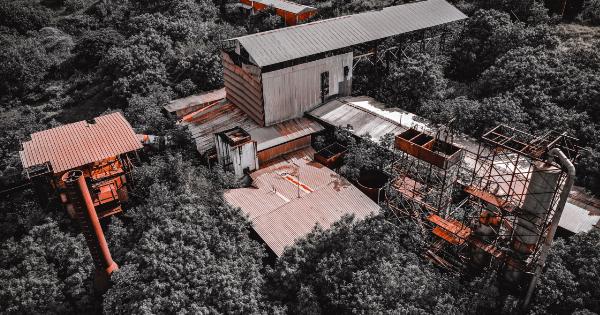When it comes to harnessing the power of the sun, solar energy is an environmentally-friendly and sustainable option. Solar panels are designed to convert sunlight into electricity, providing a clean and affordable energy source.
However, just like any other technology, solar panels can encounter issues that affect their performance. One common problem faced by solar panel owners is solar burns. In this article, we will explore the reasons behind solar burns and discuss some typical errors that may lead to them.
Additionally, we will provide insights into effective ways to fix these errors.
1. Poor Installation
A poorly installed solar panel system is a primary cause of solar burns. Improper mounting of the panels can result in inadequate airflow, causing excessive heat buildup. This heat can damage the cells and reduce the efficiency of the panels over time.
Moreover, if the panels are not correctly aligned with the sun’s trajectory, they might not receive the optimal amount of sunlight, leading to higher operating temperatures. To mitigate this issue, it is crucial to hire professional installers who are well-versed in solar panel installation techniques.
2. Inadequate Ventilation
Solar panels require proper ventilation to operate efficiently. When the panels are not adequately ventilated, heat can accumulate, leading to solar burns.
This problem is particularly common in installations where the gap between the panels and the roof is too small. It is important to leave sufficient space for airflow between the panels and the roof to prevent excessive heat buildup. Installing ventilation fans can also help dissipate heat and maintain optimal temperatures for the solar panels.
3. Overloading
Overloading the solar panel system can considerably impact its performance and increase the risk of solar burns. Exceeding the maximum power capacity of the system can lead to overheating of the components, including the panels themselves.
It is essential to calculate the energy demands of your household or business accurately and ensure that the solar panel system can handle the load. Consulting with an expert can help determine the appropriate size and capacity for your solar panel system, preventing overloading issues.
4. Poor Quality Materials
The quality of materials used in the manufacturing of solar panels plays a significant role in their performance and durability.
Low-quality panels often have higher thermal resistivity, causing them to heat up more quickly and leading to potential solar burns. Investing in panels made of high-quality, heat-resistant materials can mitigate this problem. While they may come at a slightly higher cost, they offer better efficiency, reduced risk of solar burns, and a longer lifespan.
5. Shading
Shading is a critical aspect to consider when installing solar panels. Shadows caused by nearby structures, trees, or any other obstacles can significantly affect the performance of a solar panel system.
Not only do shadows reduce the amount of sunlight reaching the panels, but they can also cause localized overheating in shaded areas. It is essential to strategically plan the placement of solar panels to maximize exposure to direct sunlight throughout the day and prevent shading-related issues.
6. Lack of Maintenance
Regular maintenance is an integral part of ensuring the optimal performance and longevity of solar panel systems. Neglecting maintenance tasks can lead to the accumulation of dirt, debris, and other contaminants on the panels.
These obstructions can reduce the amount of sunlight absorbed by the cells and increase the operating temperature, contributing to solar burns. Cleaning the panels regularly and conducting inspections to identify and fix any potential issues can help maintain their efficiency and prevent overheating.
7. Inadequate Wiring
Proper wiring is crucial for the efficient and safe operation of a solar panel system. Inadequate wiring can lead to voltage drops, resistance, and even potential fires.
When wiring is not done correctly, it can result in hotspots and localized overheating on the panels. It is essential to follow the specified wiring guidelines, carefully choose appropriate wire sizes, and ensure secure connections.
Regular inspections of the wiring system can help identify any loose connections or damaged wiring, preventing the occurrence of solar burns.
8. Lack of Temperature Monitoring
Monitoring the temperature of solar panels is essential for identifying potential issues and preventing solar burns.
Many advanced solar systems offer temperature sensors that allow users to monitor the temperature of individual panels or the entire system. If temperatures exceed safe limits, proper actions can be taken to prevent damage. Integrating temperature monitoring as part of the solar panel system can provide valuable insights and help preemptively address any overheating concerns.
9. Adverse Weather Conditions
Solar panels are designed to withstand various weather conditions, but extreme heat or sudden changes in temperature can still cause issues. In regions with high ambient temperatures, panels may be prone to solar burns.
Additionally, drastic temperature differences between day and night can stress the panels, leading to thermal fatigue and decreased efficiency. While we cannot control the weather, it is essential to choose panels with good thermal stability and take appropriate measures to protect the system based on local climate conditions.
10. Poor System Design
The design of a solar panel system should be carefully planned to maximize efficiency and minimize the risk of solar burns.
Insufficient consideration of factors such as the angle of installation, potential shading, or the capacity of the system can result in less-than-optimal performance and increased likelihood of damage. Employing experienced solar engineers or designers to develop a customized system design can help mitigate these concerns and ensure the panels operate at their highest potential.
Conclusion
While solar energy offers numerous benefits, solar burns can pose a threat to the efficiency and lifespan of solar panels.
By avoiding common errors such as poor installation, inadequate ventilation, overloading, and using poor quality materials, solar burn risks can be significantly reduced.
Additionally, taking preventive measures such as considering shading, conducting regular maintenance, proper wiring, temperature monitoring, and factoring in adverse weather conditions and system design can ensure optimal performance and longevity of solar panel systems. By addressing these typical errors and implementing effective solutions, solar panel owners can make the most of their investment in renewable energy and contribute to a greener future.




























